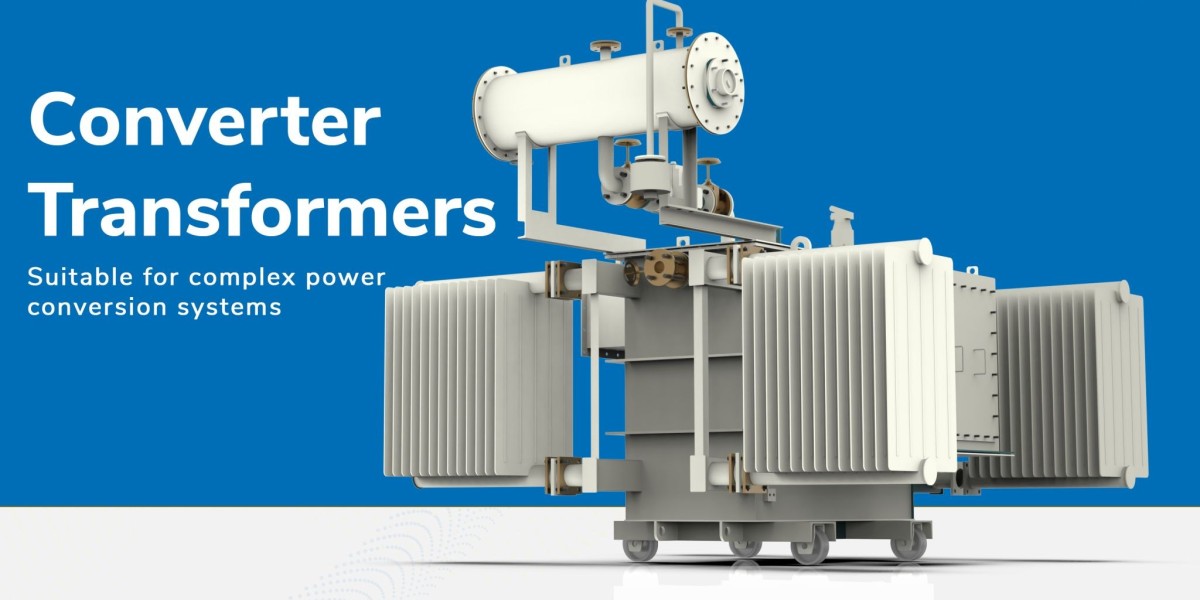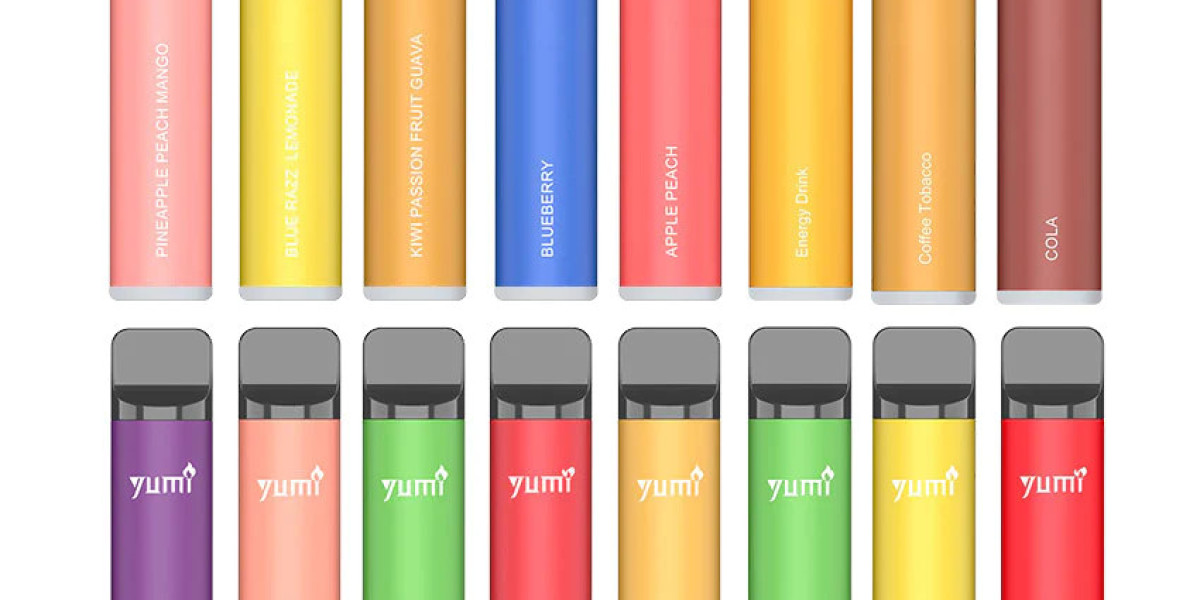In today’s digital age, having a visually appealing and functional website is crucial for any business or individual looking to establish an online presence. Web design tools have evolved significantly, offering a wide range of options for designers at all levels. However, with so many tools available, choosing the right ones can be overwhelming. Whether you’re a seasoned designer or a beginner, selecting the right web design tools is essential for creating effective websites efficiently. In this blog, we'll explore the key factors to consider when choosing web design tools and highlight some popular options to help you make an informed decision.
- Understanding Your Needs and Goals
Before diving into the vast sea of web design tools, it's important to define your needs and goals. Ask yourself the following questions:
What is the purpose of your website? Are you building a personal portfolio, an e-commerce site, or a blog? Different websites require different features and functionalities.
What is your skill level? Are you a beginner who needs a user-friendly tool, or are you an experienced designer looking for advanced features?
What is your budget? Web design tools range from free to expensive premium options. Understanding your budget will help narrow down your choices.
Do you need collaboration features? If you're working with a team, tools that support collaboration and version control might be essential.
By answering these questions, you can better identify the features and capabilities you need in a web design tool.
- Consider the Types of Web Design Tools
Web design tools can be broadly categorized into three types: visual design tools, code editors, and integrated development environments (IDEs).
Visual Design Tools:
These tools allow designers to create websites without writing code. They are ideal for beginners or those who prefer a drag-and-drop interface. Popular visual design tools include:
- Wix: A user-friendly platform with a wide range of templates and customization options.
- Squarespace: Known for its sleek and modern templates, ideal for portfolios and small businesses.
- Webflow: Combines visual design with the ability to export clean, production-ready code.
Code Editors:
For designers who are comfortable writing code, code editors provide a powerful environment to create custom websites. Some popular code editors include:
- Visual Studio Code: A free, open-source editor with a rich ecosystem of extensions.
- Sublime Text: A fast, lightweight editor with a focus on speed and performance.
- Atom: Developed by GitHub, Atom is highly customizable and supports collaborative editing.
Integrated Development Environments (IDEs): IDEs are comprehensive tools that combine a code editor with debugging, testing, and version control features. They are suited for more complex web development projects. Popular IDEs include:
- Adobe Dreamweaver: A versatile tool that supports both visual design and coding.
- JetBrains WebStorm: Known for its intelligent code completion and seamless integration with various web technologies.
- Brackets: An open-source IDE with a focus on web design, offering a live preview feature.
- Ease of Use and Learning Curve
When choosing a web design tool, it's important to consider the ease of use and learning curve. If you’re new to web design, look for tools with a simple, intuitive interface that doesn’t require extensive technical knowledge. Tools like Wix and Squarespace are designed with beginners in mind, offering tutorials and support to help you get started.
On the other hand, if you’re an experienced designer, you might prefer tools with advanced features and customization options, even if they have a steeper learning curve. For example, Webflow offers a powerful design interface with the ability to manipulate CSS, HTML, and JavaScript directly, making it a favorite among professional designers.
- Customization and Flexibility
Another crucial factor to consider is the level of customization and flexibility the tool offers. Some web design tools provide a wide range of templates and themes, which can be great for quickly building a website. However, these templates might limit your ability to customize the design to your exact specifications.
If you need complete control over the design, consider tools that allow for more customization. Code editors and IDEs provide the highest level of flexibility, allowing you to create a website from scratch or customize existing templates extensively. Webflow also strikes a balance between visual design and custom code, making it a versatile option for designers who want flexibility without sacrificing ease of use.
- Compatibility and Integration
Compatibility with other tools and platforms is another important consideration. For example, if you’re using a content management system (CMS) like WordPress, you’ll need a web design tool that integrates seamlessly with it. Tools like Adobe Dreamweaver and Visual Studio Code offer extensions and plugins that support WordPress development.
Additionally, consider whether the web design tool integrates with other software you’re using, such as graphic design tools, analytics platforms, or e-commerce solutions. Seamless integration can streamline your workflow and save time in the long run.
- Support and Community
The availability of support and a strong community can make a significant difference, especially if you encounter challenges or need help mastering the tool. Look for web design tools with robust documentation, tutorials, and customer support options. A large and active user community can also be a valuable resource, providing forums, guides, and shared templates.
Tools like WordPress, for example, have extensive communities that contribute plugins, themes, and support, making it easier to find help when you need it. Similarly, platforms like Webflow and Visual Studio Code have active forums and a wealth of online resources.
- Cost and Licensing
Finally, consider the cost and licensing model of the web design tool. Some tools offer free versions with limited features, while others require a subscription or one-time payment for full access. It’s important to assess whether the tool’s cost aligns with your budget and whether the features justify the price.
For instance, while Adobe Dreamweaver offers a comprehensive set of features, it comes with a subscription fee that might be prohibitive for some users. On the other hand, free tools like Visual Studio Code or open-source platforms like WordPress provide powerful capabilities without the financial commitment.
Conclusion
Choosing the right web design tools is a critical step in creating a successful website. By understanding your needs, considering the types of tools available, and evaluating factors like ease of use, customization, compatibility, support, and cost, you can select the tools that best suit your project. Whether you’re building a simple blog or a complex e-commerce site, the right tools will empower you to bring your vision to life with efficiency and creativity.
Also Read: 15 Best Web Application Design Examples for Inspiration



